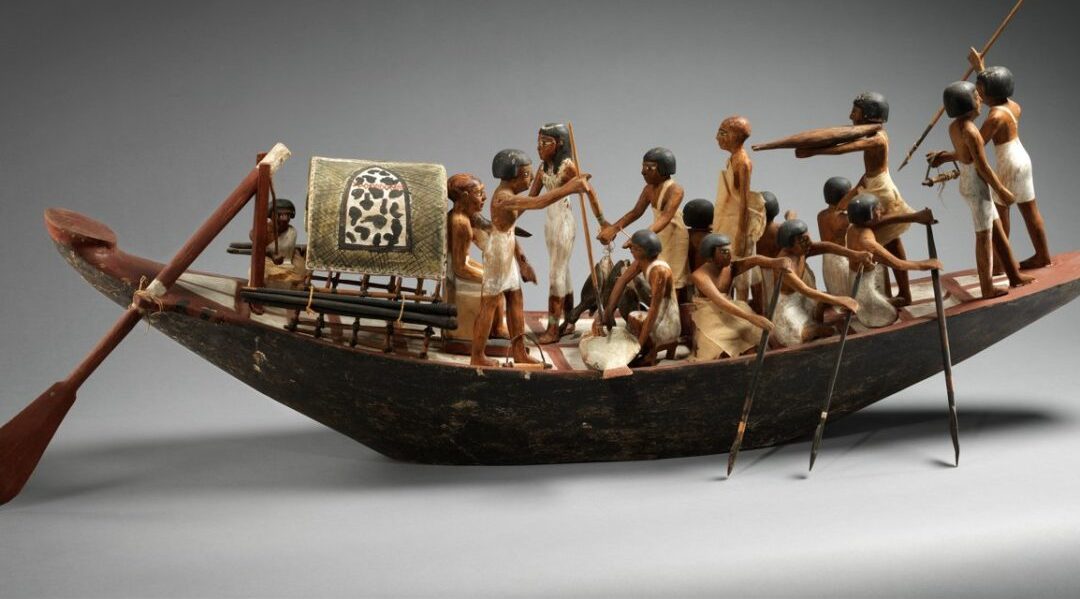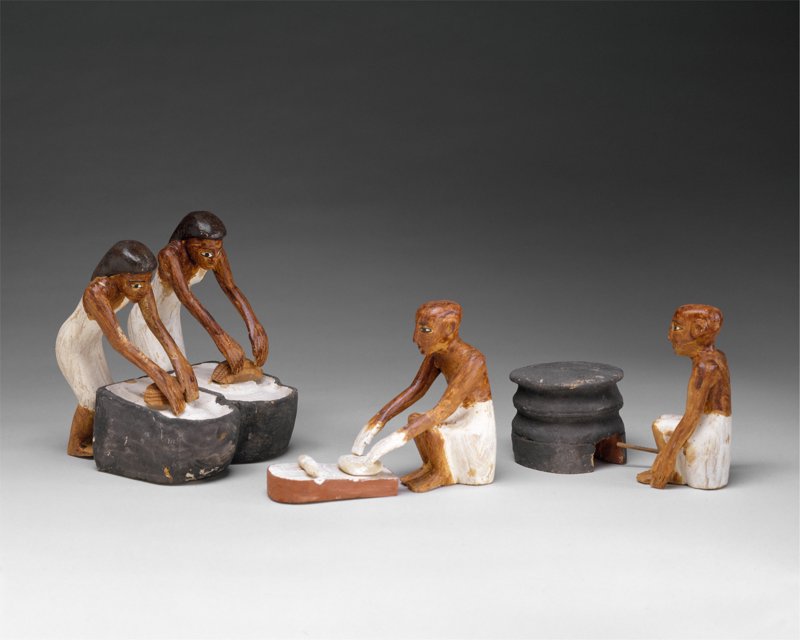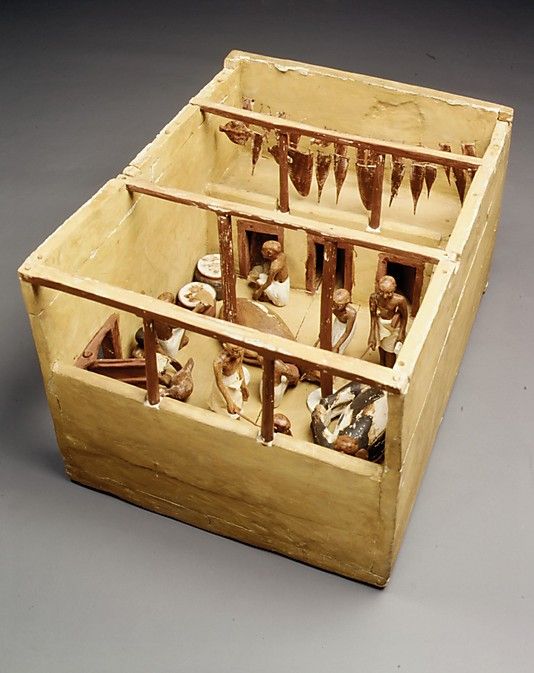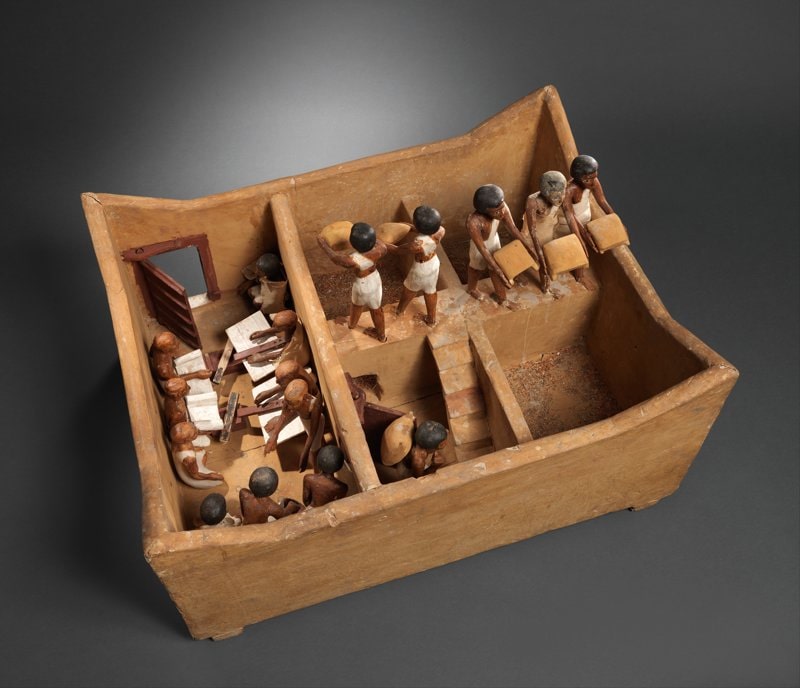An insight into ancient Egyptian life in the miniature world of Meketre

Herbert Eustis Winlock was one of the most successful and active archaeologists during the Golden Age of Egyptology in the early 20th century. As a member of the New York Metropolitan Museum, where he eventually became the director, he participated in several expeditions to Egypt and made significant discoveries.
His most notable discovery is associated with his name, which he made in 1920 while studying the southern Asasif necropolis (a part of the Theban Necropolis) near Deir el-Bahari.

Winlock’s attention was drawn to tomb TT280, an ancient burial ground located in the Theban mountains. The tomb, which had been looted in antiquity, had already been explored by French Egyptologist George Daressy in 1895 and British industrialist Robert Mond in 1902. Winlock set out to “clear the corridors and pits of the tomb in such a way that we could make the map which our predecessors did not.”

Finding at the Last Minute
During the removal and cleaning of the tomb, workers discovered 22 fragments of a wooden coffin with passages from the Sarcophagus Texts, as well as some remains of painted reliefs from a funerary chapel.
They learned that the owner of the tomb was a man named Meketre, a high official who lived during the reign of Mentuhotep II, the 11th Dynasty pharaoh whose temple is located nearby.

One day, when the cleaning work was nearly complete, the expedition’s photographer, Harry Burton (the same one who later photographed the discovery of Tutankhamun’s tomb), entered the tomb at dusk to bid farewell to the workers. He found the atmosphere “electric with pent-up excitement.”Apparently, one of the workers had seen how some stones slipped and disappeared through a crack between the floor and the wall. The man informed his supervisor, and they both scratched other stone fragments that were piled up on the spot, some of which also disappeared through the hole. Burton moved closer and struck a match to light the cavity, but could see nothing.

Intrigued, the photographer alerted Winlock to come immediately with flashlights. Tired from a hard day’s work, Winlock was reluctant but eventually agreed to take a look. Once in the tomb, he stretched out on the floor and focused a beam of light into the opening without much conviction